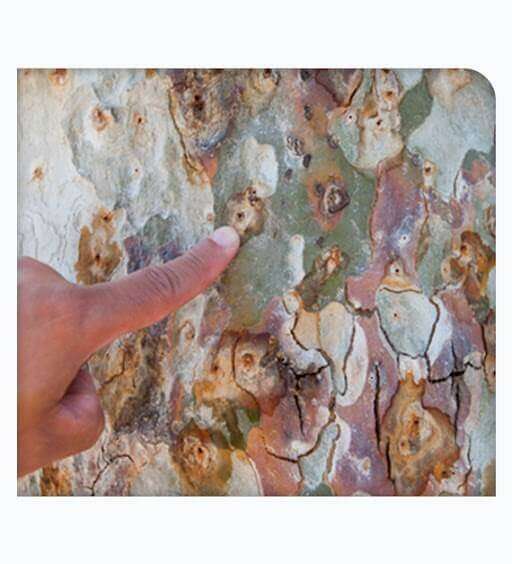Shot hole borer beetles are bad news for your fruit trees. Unlike other Ambrosia beetles, Polyphagous Shot Hole Borer seems to attack healthy trees. They develop under the bark and dig tunnels to excavate in and out of the tree. The girdling wounds weaken trees and sometimes even kill the tree. If not treated at the right time, the trees beyond the damage have irreversible effects.
The characteristics of invasive Shot Hole Borer attack and infestation vary among tree species. The repeated attack of these fungi can weaken the tree, and hence, methodological treatment of Shot hole borer from professionals is crucial.

